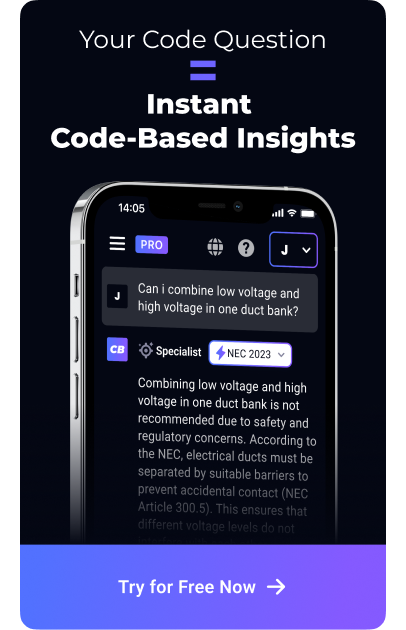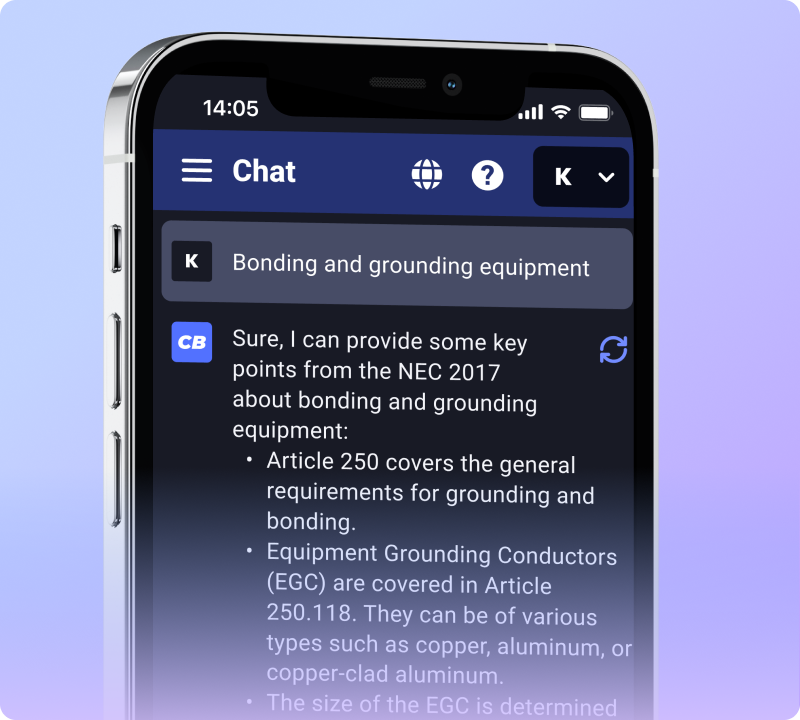Understanding Wiring for Docks: Safety Meets the Waterside
Water and electricity are a potentially dangerous combination, making the electrical installations on docks a matter of utmost importance. This article aims to provide clarity on the electrical code requirements specifically tailored for docks.
Challenges of Dockside Electrical Installations
Given the proximity to water, docks present unique challenges like corrosion, increased risk of electric shock, and potential electrical system failures due to moisture infiltration.
Key Electrical Code Provisions for Docks
- GFCI Protection: Ground Fault Circuit Interrupter (GFCI) protection is mandatory for all electrical outlets and equipment on docks. This ensures the system cuts off power immediately if there's a ground fault, preventing electric shocks.
- Corrosion-resistant Materials: All electrical components, including boxes, fittings, and even screws, should be made of corrosion-resistant materials to withstand the moist and often saline environment.
- Conduit Requirements: Electrical wiring should run through rigid metal or PVC conduit, offering protection against physical damage and the elements.
- Outlet Heights: Outlets should be positioned at least 12 inches above the deck of the dock to prevent potential water contact.
- Lighting Fixtures: Lighting fixtures on docks should be secured firmly, be of a type suitable for wet locations, and be adequately guarded against physical damage.
- Disconnecting Means: A clearly labeled and accessible disconnecting means should be available to cut off power to all dockside electrical systems swiftly.
Best Practices for Dock Wiring
Beyond just code adherence, there are best practices that professionals adopt. These include:
- Regular Inspections: Given the harsh environment, regular checks for corrosion, wear, and other potential issues are crucial.
- Use Sealants: Seal all electrical boxes and conduits to prevent moisture and pest infiltration.
- Stay Updated: Electrical codes can evolve, so it’s essential to be aware of any changes or updates that might affect dock installations.
Conclusion
Docks present a unique intersection of challenges when it comes to electrical installations. However, by adhering to the electrical code and maintaining a safety-first approach, these challenges can be successfully navigated.


